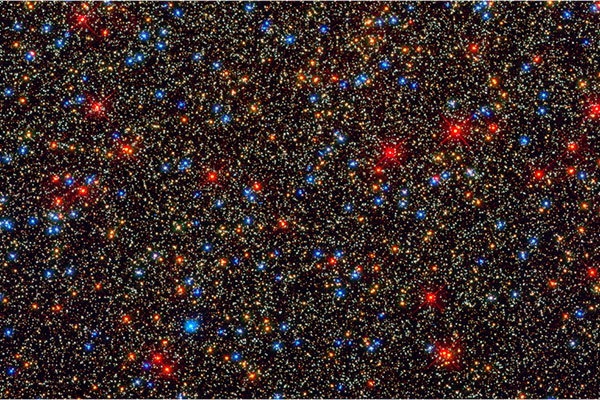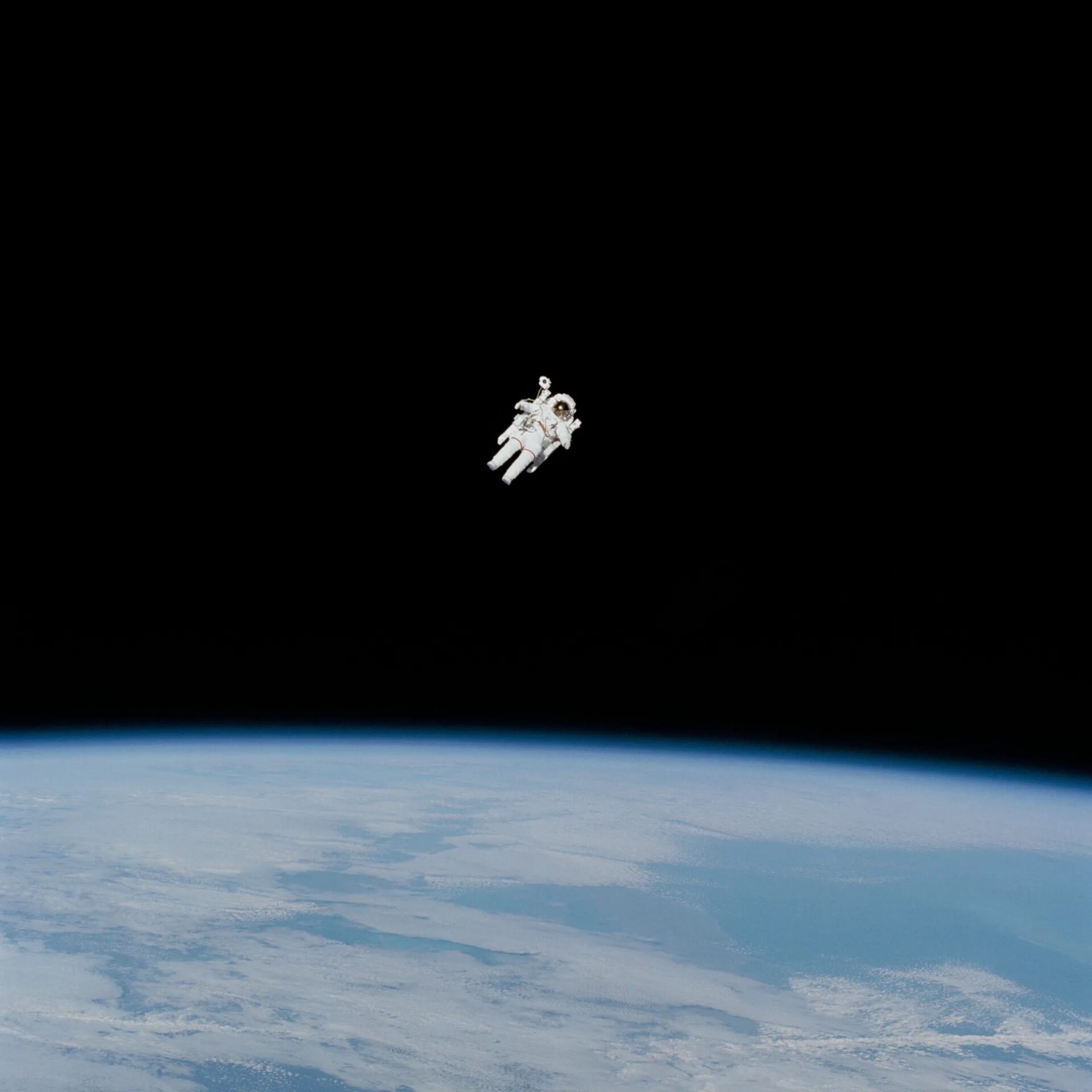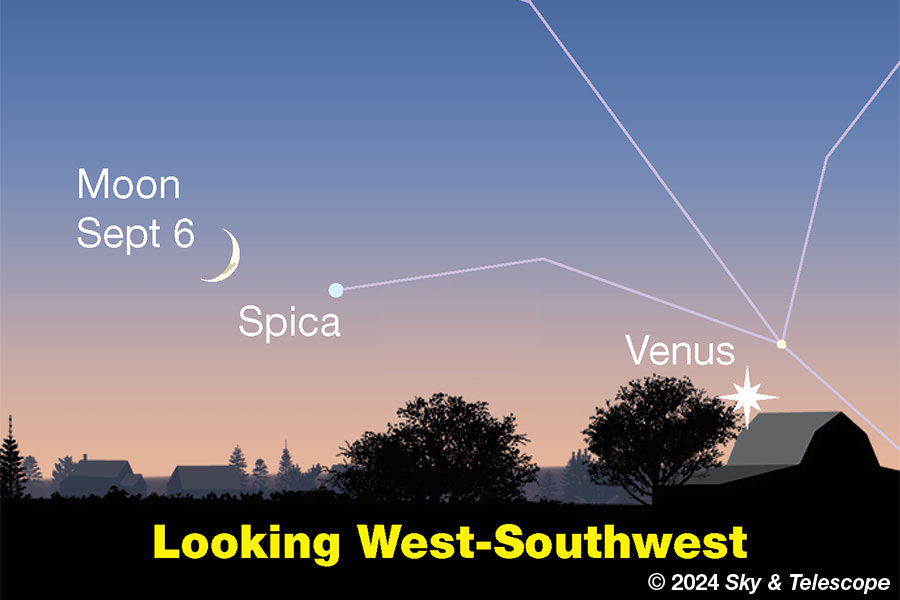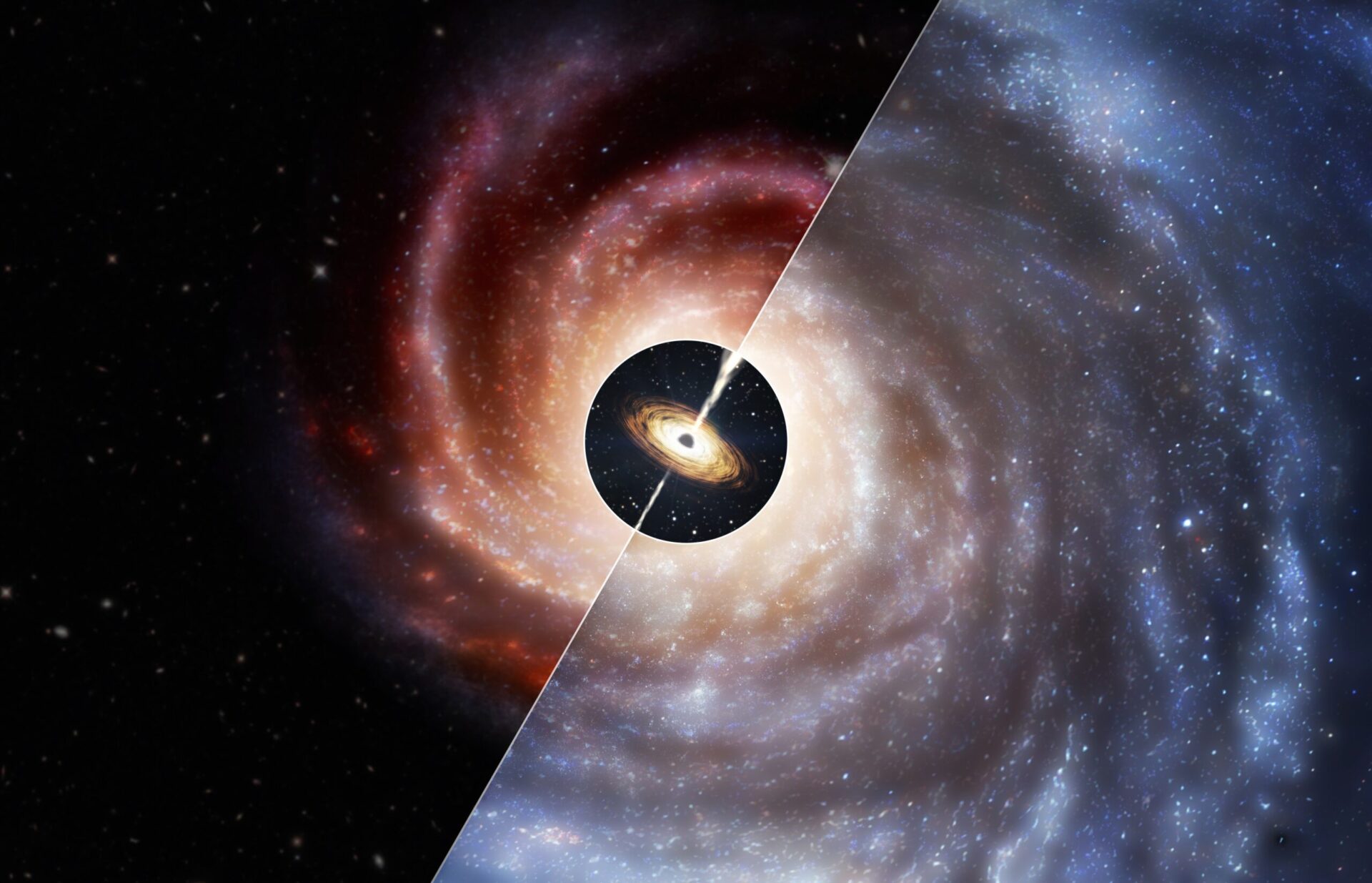It’s at least 8,200 times as massive as our Sun, and it’s less than 18,000 light-years away. According to a new study, a giant black hole lurks in the very center of the massive globular cluster Omega Centauri — a prominent naked-eye object in the southern sky.
ESA / Hubble & NASA, M. Häberle (MPIA)
A team led by Maximilian Häberle (Max Planck Institute for Astronomy, Germany) found seven stars in the globular’s core that move so fast that they would have escaped the cluster altogether if not for the additional gravity of a massive central object. “It’s a beautiful measurement,” says dynamicist Simon Portegies Zwart (Leiden Observatory, The Netherlands), who was not involved in the study.
If confirmed, Omega Centauri’s black hole would be one of the first convincing examples of an intermediate-mass black hole (IMBH). These black holes are much more massive than the stellar variety left behind by supernova explosions, but nearly not as hefty as their supermassive siblings in the centers of galaxies.
In the past, spectroscopic measurements of stars’ velocities in the cores of globular clusters had already hinted at the presence of IMBHs in Omega Centauri, 47 Tucanae, and M15, among others. “What’s spectacular here,” says Portegies Zwart, “is that they have measured velocities of individual stars.”
Häberle and his colleagues meticulously measured the motions of 1.4 million individual stars in more than 500 archival Hubble Space Telescope images of Omega Centauri taken over the past 20 years. Close to its center, they found seven stars that moved more than 2.41 milli-arcseconds per year across the sky. At the cluster’s distance of 17,700 light-years, that proper motion corresponds to a projected velocity of more than 62 kilometers per second (140,000 mph) — the estimated escape velocity of the globular’s core if it doesn’t contain a black hole. The fastest star of the batch has a proper motion of 4.41 milliarcseconds per year, corresponding to a projected velocity of 113 kilometers per second.
The discovery of those seven speedy stars requires the presence of something massive — a compact object that would raise the velocity required to escape the core, Häberle’s team explains in this week’s Nature. From the observed motions, the researchers deduce the compact object’s mass must be at least 8,200 times that of the Sun. (Since only motions in the plane of the sky can be measured, the true velocities of the stars through space are probably higher, which would also imply a higher black hole mass.)
This is only the second time that researchers have derived the existence of a massive black hole from the motions of individual surrounding stars, the first one being the Nobel Prize-winning measurements of massive stars swirling around Sagittarius A*, the supermassive black hole in the center of our Milky Way Galaxy.
Portegies Zwart says Häberle and colleagues are “absolute experts” in this field; however, he remains a bit cautious about the team’s conclusions. “We don’t know the cluster’s escape velocity very precisely,” he says. “Suppose it’s 80 kilometers per second instead of 62 – that would leave only two stars moving faster, one of which might be a non-related foreground object. You wouldn’t have a strong case then.”
The authors agree that it would be great to also determine radial velocities (the speeds of the stars toward or away from us rather than across the sky). They’ve already secured observing time on the James Webb Space Telescope to do so. More (and more precise) positional measurements of the fast-moving cluster stars could also reveal the expected curvature of their paths, due to their orbital motion around the black hole. “I’d love to see a true orbit,” says Portegies Zwart.
The presence of an intermediate-mass black hole in Omega Centauri would bolster the theory that the globular cluster is actually the stripped nucleus of a small galaxy that was devoured by our Milky Way in the distant past. That merger would have stopped the growth of that galaxy’s central black hole. The discovery is thus not only interesting in its own right, it could also shed light on the evolution of black holes in low-mass galaxies.




